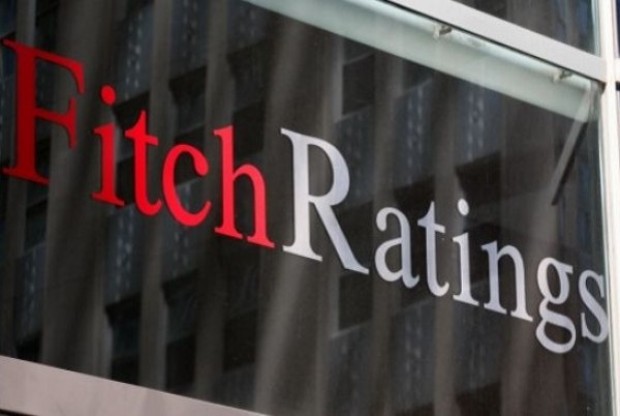Fitch affirms PH investment grade but cites risk of overheating economy

International credit watcher Fitch Ratings on Wednesday affirmed the Philippines’ creditworthiness at two notches above the minimum investment grade, saying the country continues to enjoy a favorable economic outlook and low government debt levels.
At the same time, the firm said the country’s net external creditor position and policies geared toward maintaining macrostability are being held back by “lower income per capita and weaker governance and business environment indicators” compared with its peers.
After its regular review of the Philippine economy, Fitch maintained the country’s credit outlook at ‘stable’.
Apart from Fitch, the Philippines enjoys investment grade credit statuses from major debt watchers like Standard & Poor’s and Moody’s Investor Service — a level first achieved during the Aquino administration, and further improved late last year under the Duterte administration.
“This is another recognition of the bold economic policy of the Duterte administration to fix the flawed tax system for the first time in over 20 years, and at the same time provide a steady revenue stream for its ‘Build, Build, Build’ infrastructure development initiative as well as for social programs that would accelerate poverty reduction and grow the middle class,” Finance Secretary Carlos Dominguez III said.
Fitch also cited Bangko Sentral ng Pilipinas’ flexible exchange rate policy in helping keep the country’s foreign exchange reserves adequate.
“The BSP’s firm commitment to price stability conducive to a balanced and sustainable growth of the economy has allowed the Philippines to remain resilient amid external headwinds and to remain as one of the fastest growing economies in the region,” BSP Governor Nestor Espenilla Jr. said.
At the same time, however, the credit watcher noted that the country’s strong macroeconomic performance — while still considered a positive — was in danger of overheating.
Real gross domestic product expanded by 6.8 percent in the first quarter of 2018 from 6.7 percent in 2017, supported by strong growth in investment and private consumption. Growth in investment was driven by a pick-up in the public-infrastructure programme.
“We expect domestic demand to maintain strong growth of 6.8 percent in both 2019 and 2020, which would maintain the Philippines’ place among the fastest-growing economies in the Asia-Pacific region,” Fitch said.
The Philippines’ estimated five-year average real GDP growth of 6.5 percent at end-2018 will remain far above the current ‘BBB’ median of 3.1 percent, it explained.
“However, the agency believes the economy faces some overheating risks, evident from a recent rise in inflation, rapid credit growth and a widening trade deficit, although steps taken by the BSP to tighten monetary policy may contain these risks,” Fitch noted.
The credit watcher noted that the current inflation regime remains elevated “due in large part to higher commodity prices and a recent increase in excise taxes associated with the tax reform package passed at the end of last year.”
“The one-off impact of the tax hikes is likely to dissipate in 2019, and therefore we expect average inflation to fall to around 3.8 percent in 2019,” it said. /jpv
